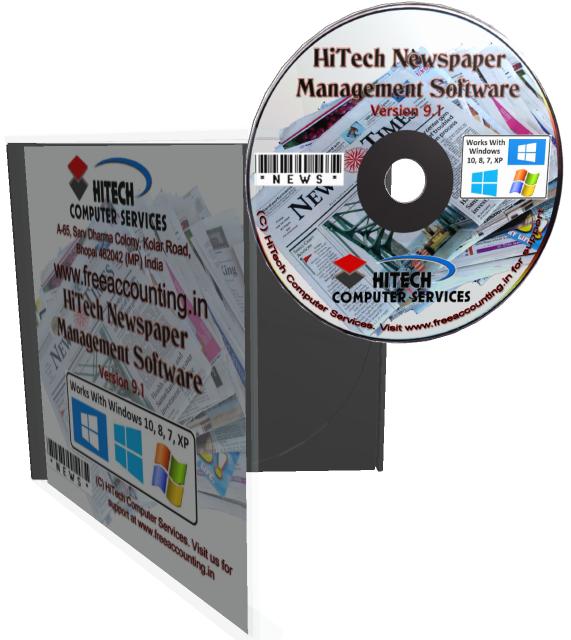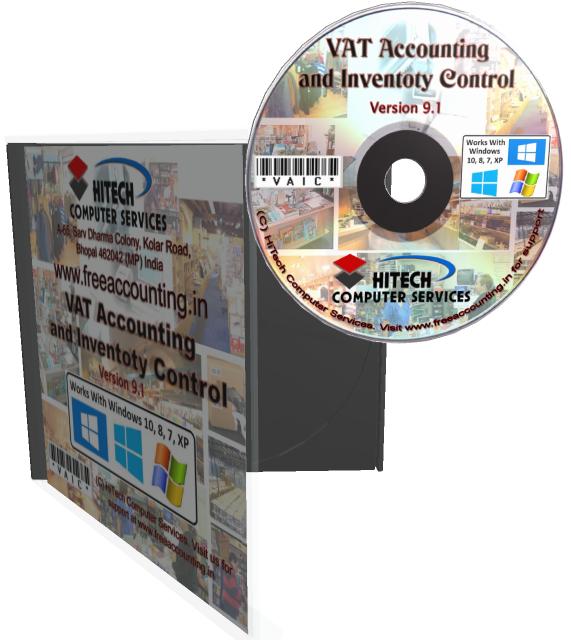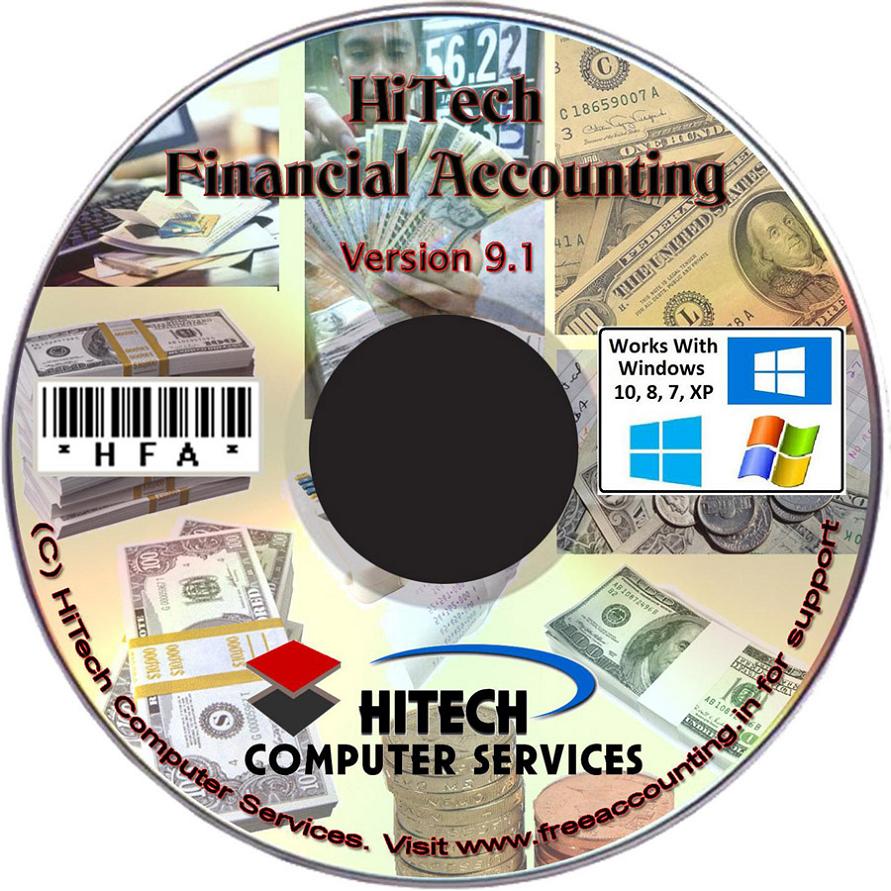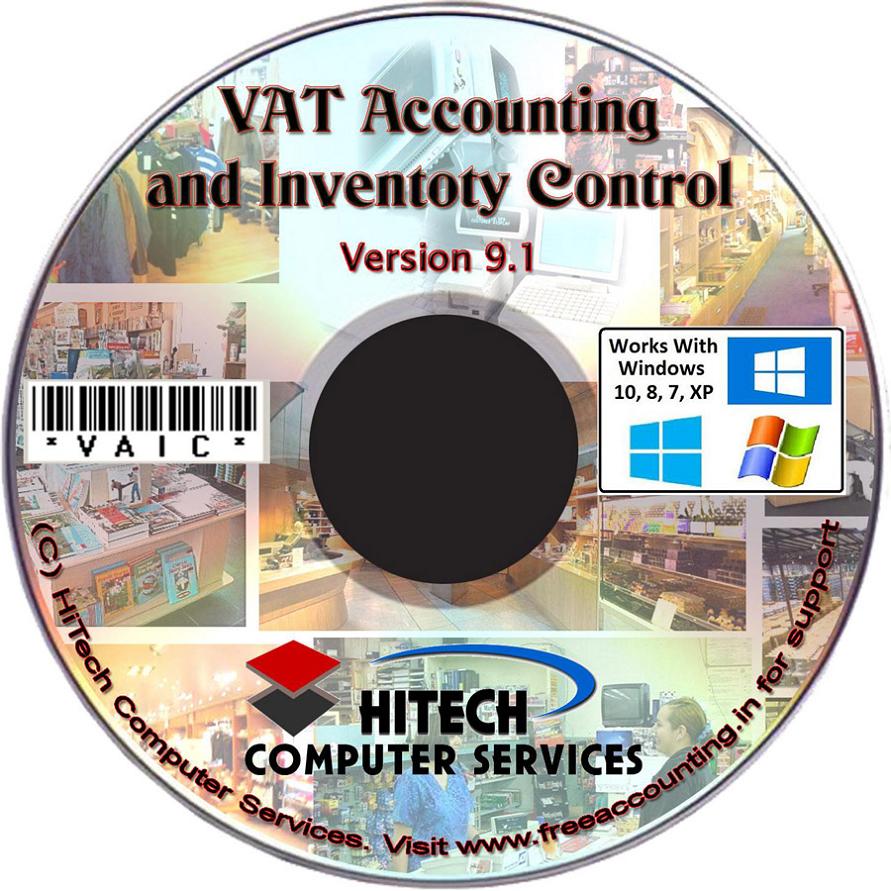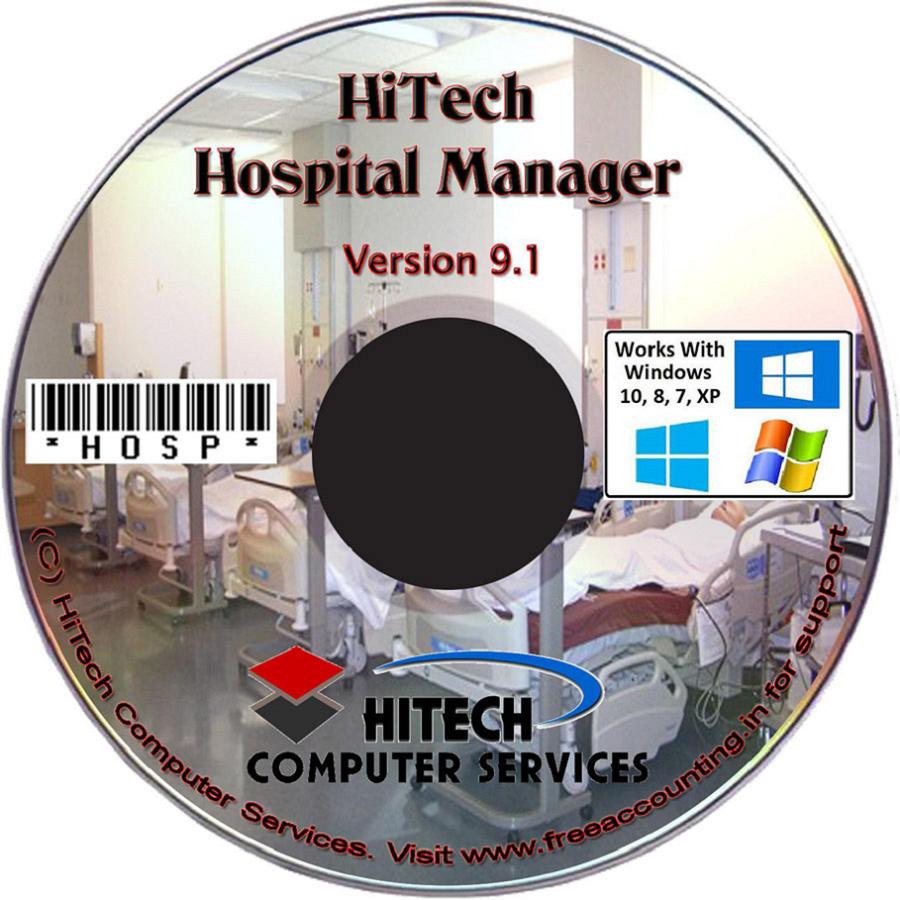Adjustments of Final Accounts
The object of preparing final accounts is to find out the
profits earned or losses suffered during a particular accounting period and to
present the true picture of final position of the firm. While drawing the final
accounts we have taken only those items of income and expenditure that are both
earned and received and incurred and paid respectively.
To ensure that the final accounts disclose the true trading
results, it is necessary to lake into account the whole of the expenses
incurred, whether paid or not, and whole of the losses sustained. Likewise the
incomes and gains earned, whether actually received or not, during the period
covered by the trading and profit and loss account under consideration must also
be recorded.
In mercantile system of accounting, it is essential to adjust
different accounts before the preparation of final accounts. It is quite common
to adjust expenses paid in advance, incomes received in advance, income accrued
but not received, bad debts, provision for bad debts depreciation on assets and
soon. Journal entries are passed to effect the required adjustments; these
entries are known as adjusting entries.
Usual Adjustments
Outstanding Expenses:
Certain expenses relating to a particular period may not have
been paid in that accounting period. All such expenses which are due for payment
in one accounting year but actually paid in future accounting years or payment
of which is postponed are all outstanding or unpaid expenses. All such expenses
must be accounted for in that accounting year in which they are incurred,
irrespective of the fact whether they are paid or not. In other words, all paid
and also unpaid expenses must be recorded in an accounting year if they relate
to that accounting year only with a view to ascertain true trading results e.g.
if salaries for the last month are not paid, no entry will appear in books of
accounts unless these are paid. So profit and loss account in respect of
salaries will thus be under charged than the actual expenditure, therefore the
profit will be more.
Prepaid Expenses
The, benefit of some of the expenses already spent will be
available in the next accounting year also, Such a portion of the expense is
called pre-paid expense; since such expenses are already paid, they are also
recorded in the books of accounts of that period to which they do not relate.
The result shown by the final accounts of a particular period will not be
correct because such expenses relate to future periods. Therefore, such prepaid
expenses must be adjusted in the books of accounts to arrive at true profit.
Generally insurance, taxes, telephone subscriptions, rent etc. are paid in
advance, thus requiring adjustment e.g. Rent paid by x for one year on 1.7.79
when his accounting year is calendar year; thus rent for 6 months will remain
unexhausted and will be c/f to the next year.
Accrued Income
There may be certain incomes which have been earned during
the year but not yet received till the end of the year. Income like interest on
investments, rent and commission etc. are normally earned by merchant during a
particular accounting period but actually not received during that period. Such
income items need adjustments before the preparation of final accounts. Such
incomes should be credited to that particular income account. At the same time
the income so -earned but not received is an asset because the amount is still
to be received.
Income Received in Advance
Sometimes, traders receive certain amounts during a
particular trading period which are to be earned by them in future periods. Such
incomes though actually received and therefore, recorded i.e. not yet earned.
Such incomes should be credited to the profit and loss account of the year in
which these are earned. Therefore, such income though received is not the income
but a liability of that period
Closing Stock
It represents the unsold stock at the end of the year.
Closing stock is valued and following entry is passed at the end of the year:
Closing Stock account To Trading Account Closing stock at the end appears in the
balance sheet and is carried forward to the next year. At the end of the next
year it appears in the trial balance as opening stock and from there it is taken
to debit side of trading account and thus closed.
Depreciation
The value of fixed assets diminishes gradually with their use
for business purposes. Although this decrease in the value happens every day but
its accounting is done only at the end of accounting period with the help of
following entry :Depreciation account To Particulars asset
Interest on Capital
The proprietor may wish to ascertain his profit after
considering the interest which he losses by investing his money in the firm.
Interest to be charged is an expense for the business on one hand and income to
the proprietor on the other hand. Following adjusting entry is recorded at the
end of accounting period: Interest on capital a/e To Capital a/c Interest on
capital being an expense is debited to profit and loss account and same amount
of interest on capital is added to capital.
Interest on Drawings
As business allows interest on capital it also charges
interest on drawings made by the proprietor. Interest so charged is an income
for the business on one hand and expense for the proprietor on the other hand.
Following adjusting entry is passed at the end. of accounting period: Capital
ale Dr. To Interest on drawings a/e The interest on drawings being an income is
credited to profit and loss account is shown as a deduction from the capital.
Bad Debt to be written off
Bad debts are irrecoverable debts from customers, during the
course of the financial year. These are recorded as follows: Bad debts a/c To
Sundry Debtors a/c It results in the reduction of customers debit balance and
addition to the loss i.e. Bad Debts. At the end of the year when the trial
balance is drawn, these two accounts show debit balances. The balance on sundry
debtors account, thus arrived, is the net balance, after deduction of any bad
debts recorded during the year. But after the trial balance is prepared and
before the final accounts are drawn trader may find that there are additional
bad debts. Such bad debts must be recorded with the same adjusting entry and
giving it following effect in ledger and final accounts.
Provision for Bad Debts
At the end of the year, after writing off the bad debts about
whom we were sure of becoming irrecoverable, there may still be some customer
balances from whom it is doubtful to collect the entire amount. However, it
cant be written off as bad because non-recovery of such amount is not certain.
But at the same time the balance in sundry debtors account should be brought
down to its net realizable figure so that balance sheet may not exhibit the
debtors at more than their actual realizable value. Therefore, to show the
approximately correct value of the sundry debtors in the balance sheet a
provision or reserve is created for possible bad debts. Such an adjustment entry
is recorded at the end of accounting year.
Provision for bad debts is an attempt to anticipate possible
losses due to bad debts and to keep aside an amount out of profit to meet the
loss estimated in the following years. When the provision for bad debts is
created, following entry is recorded:
Profit and Loss A/c Dr. To Provision for bad debts A/c
Some important considerations while creating provision for bad
debts
(i) Sundry debtors account should not be credited with the
amount of provision for doubtful debts because the loss has not actually been
incurred.
(ii) Treatment of bad debts or provision for bad debts
appearing inside the trial balance. If some balance (credit) is already
appearing in provision for doubtful debts account inside the trial balance, it
is the previous years unutilized balance of this account. If some bad debts are
also appearing on the debit side of the trial balance, these should be
transferred to provision for bad debts account, with the help of following
entry: Provision for bad debts a/e To Bad debts a/e. It is important to note
that, as these items appear inside the trial balance, so these are to appear
only in profit and loss account as debtors have already been reduced during the
year.
(iii) When bad debts and provision for bad debts appear in
trial balance, new provision is to be created and further bad debts are to be
written off. If already bad debts and provision for bad debts are appearing in
trial balance, these should be adjusted and only difference should be taken to
profit and loss account.
If bad debts written off plus bad debts to be written off
plus new provision for bad debts is more than the credit balance of old
provision appearing in the trial balance, the difference should be debited to
profit and loss account.
Provision for discount on Debtors
It is normal practice in trade to allow discount to customers
for prompt payment and it constitutes a substantial sum. Sometimes the goods are
sold on credit to customers in one accounting period where as the payment of the
same is made by them in the next accounting period and so discount is to be
allowed. It is a prudent policy to charge this expenditure to the period in
which sales have been made, so a provision is created in the same manner, as in
case of provision for doubtful debts
An important point to note is that no discount win be allowed
on debts that become bad. Therefore, the provision required for discount will be
in respect of the other debts only. So the amount of provision for discount be
calculated after deducting the provision for bad debts from sundry debtors.
Provision for discount on creditors
Prompt payment, if made, enables a businessman to receive
discount. The question arises whether this discount should be treated as income
of the period in which purchases were made or of the period when the payment is
made, if both events are in different accounting years, it has been well decided
by accountants that it should be treated as income of the period in which
purchases are made. So on last date of accounting period if some amount is still
payable to creditors, a provision should be created for such probable income and
amount should be credited to the profit and loss account of that year in which
purchases are made. Following adjusting entry is passed for it :Provision for
discount on creditors a/c Dr. To Profit and loss account
Losses by Accidents
Sometimes a business suffers certain losses not because of
trading but because of certain accidents. These may destroy some fixed assets of
the merchant. In such a case the asset account is credited and the profit and
loss account is debited.
If goods (stock-in-trade) are lost by accident the value of
closing stock win be lower than otherwise. This will reduce the amount of gross
profit. So the cost of goods lost by accident is credited to the trading account
and debited to the profit and loss account. The increase -in gross profit will
be neutralized by the debit to the profit and loss account and thus the net
profit will not be effected. The entries to the passed are as follows: Loss by
accident a/c To Goods lost by accident a/c
Commission to manager payable on profits
Sometimes the manager is entitled to a commission on
profits.. Such commission may be :
(a) Fixed percentage on net profits before charging such
commission.
(b) Fixed percentage on net profits- after charging such
commission.
Such commission being an expense is debited to commission
account. However, as it has not yet been paid, so commission payable account
is given the credit and finally it is shown in the balance sheet as a liability.
Calculation of Commission First of all trading account should be prepared in
usual manner and after transferring the gross profit or loss all expenses and
incomes should be debited or credited except the commission which is still to be
calculated.
Goods used in business
Sometimes goods purchased for the purpose of resale are used
in business as giving them away for charitable purpose or distributing them as
free samples. In these conditions purchases account should be credited with an
amount equal to the cost of goods used in business and same amount is debited to
charity or advertisement expenses account, as the case may be.
| 



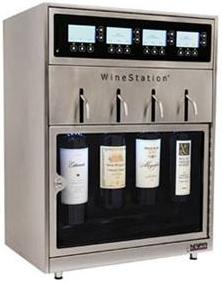

 Send Email Now
Send Email Now VAT Ready
VAT Ready






